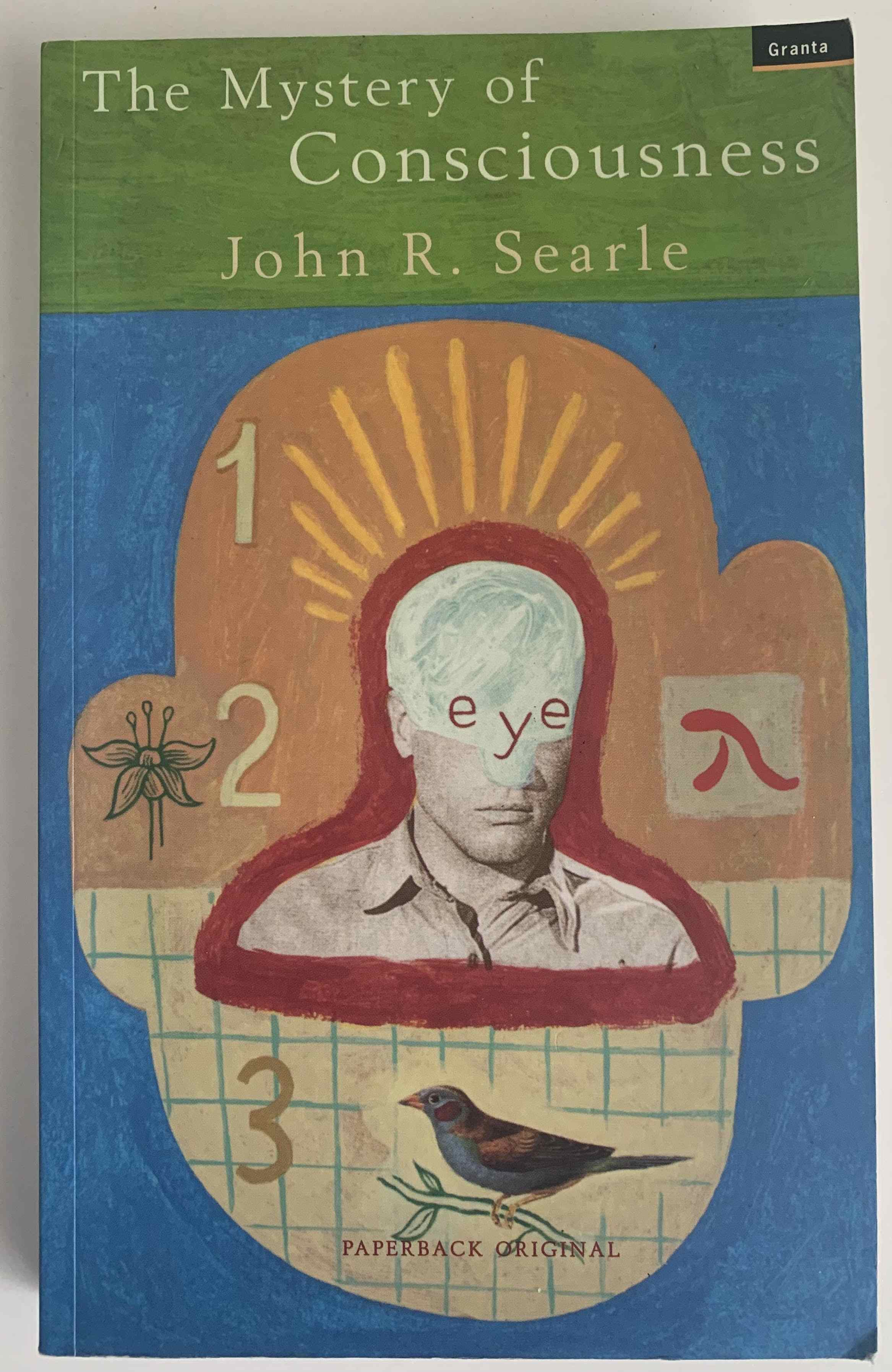
January 30th, 2021

From the mid 20th century onwards, cognitive science has been blasted with theories speculating that computers would soon create - or simulate - consciousness.
Advances in computer science were enormous, and the hype of being able to simulate a brain within a computer was expected to be nothing but a natural flow-on effect of such advances.
That is what most people thought. The 'Chinese Room Argument' (1980) was nothing but a bucket of cold water waiting to hit those very same cognitive scientists hyping about computer-based consciousness simulation.
Although this book is not about the 'Chinese Room Argument' itself, it is useful to understand how it works for the purposes of the discussion that will follow.
The Chinese Room Argument goes as follows:
In 2010, Searle refreshes the argument and writes the following conclusion:
I demonstrated years ago with the so-called Chinese Room Argument that the
implementation of the computer program is not by itself sufficient for
consciousness or intentionality (Searle 1980). Computation is defined purely
formally or syntactically, whereas minds have actual mental or semantic
contents, and we cannot get from syntactical to the semantic just by having the
syntactical operations and nothing else. To put this point slightly more
technically, the notion “same implemented program” defines an equivalence class
that is specified independently of any specific physical realization. But such
a specification necessarily leaves out the biologically specific powers of the
brain to cause cognitive processes. A system, me, for example, would not
acquire an understanding of Chinese just by going through the steps of a
computer program that simulated the behaviour of a Chinese speaker.
This is particularly interesting because if we try to simulate a brain based on behaviour, i.e, by creating a computer software that behaves like a conscious human, it does not follow that this software will be 'conscious'.
The book goes on as Searle attempts to expose the fallacies of different models of consciousness. Not only the computation view described above, but also including models based on dualist views (mental world vs physical world), materialist views, and even a model that denies consciousness itself.
In the book, each chapter is marked by a different discussion about one model. Those discussions often come accompanied by letters containing the exchange between Searle and the author of that model, as this author tries to defend his position.
Those letters are often hilarious as both ends are 'academically offensive' towards each other, but they are also productive and interesting as the reader can understand better what the corner-cases and anomalies of a certain consciousness model are.
The book ends with Searle's account of which direction should be taken if we want to improve our knowledge about consciousness. He's obviously advocating for a deeper understanding of the biological phenomena that happens in the brain. As much as "digestion" is a biological phenomena, and can be studied as a process that culminates in absorption of nutrients, the brain can be studied as a biological machine that develops sentience.